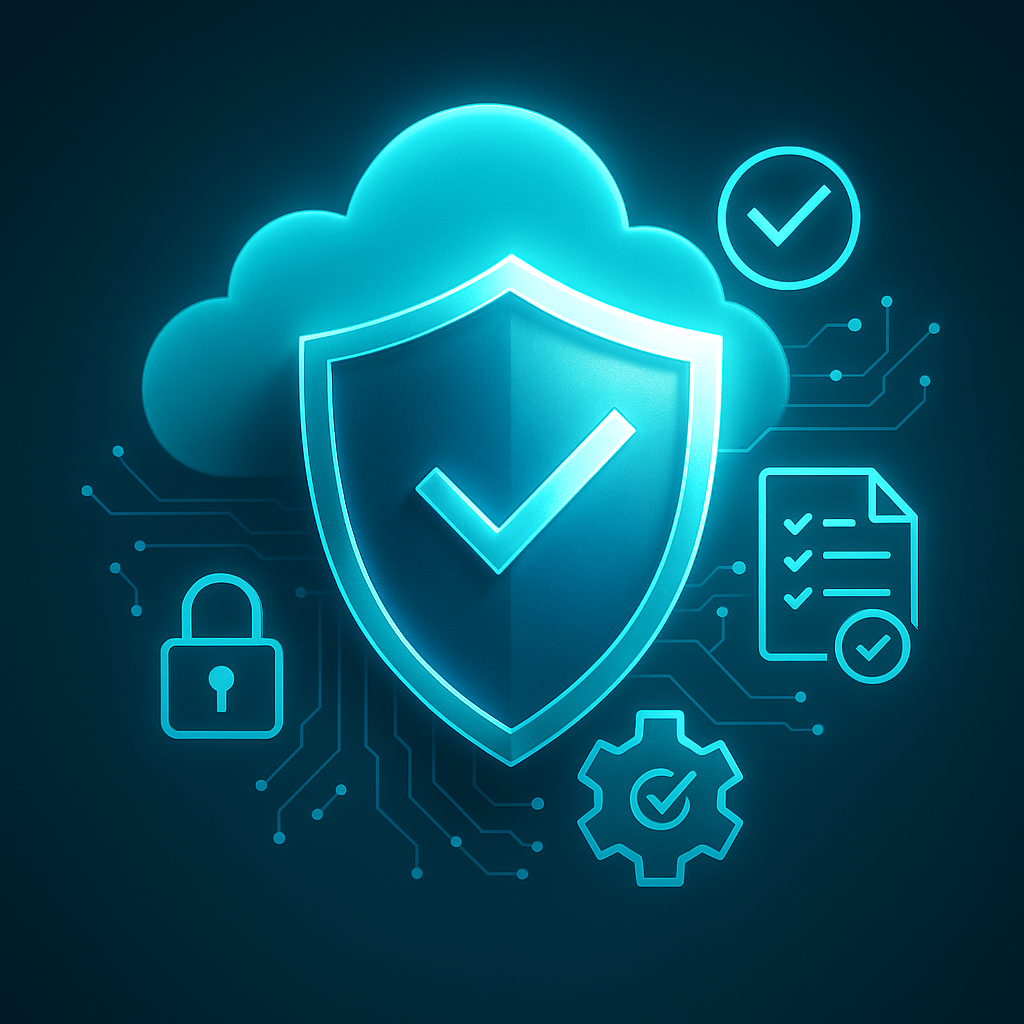
Cloud ERP Security: Balancing Agility with Compliance
As enterprises accelerate their move to cloud ERP, security has become the top priority. Balancing agility with compliance is no longer optional — organizations must ensure that cloud deployments support speed and scalability without compromising data privacy, resilience, or regulatory obligations.
1. The Security Imperative in Cloud ERP
ERP systems are the backbone of finance, supply chain, and HR. When moved to the cloud, they become potential targets for:
- Data breaches and ransomware.
- Insider threats and misconfigured permissions.
- Regulatory non-compliance in industries such as healthcare, banking, and manufacturing.
Vendors are responding with enhanced security layers — but responsibility is shared between provider and customer.
2. Key Security Features Cloud ERP Must Deliver
Leading ERP platforms are embedding:
- End-to-end encryption for data at rest and in transit.
- Zero-trust architectures to minimize internal vulnerabilities.
- Advanced identity and access management (IAM) with MFA and role-based controls.
- Continuous monitoring and automated patching to reduce exposure.
3. Compliance in Regulated Industries
From GDPR in Europe to SOX in the U.S. and ISO standards globally, compliance is critical. Cloud ERP solutions now include:
- Built-in audit trails.
- Automated reporting tools.
- Pre-certified compliance frameworks.
This helps enterprises reduce audit costs and ensure governance is not compromised by agility.
4. Balancing Agility with Control
Cloud ERP provides unmatched flexibility — faster rollouts, scalable resources, and access from anywhere. Yet successful organizations maintain balance by:
- Defining clear governance frameworks before rollout.
- Partnering with vendors that demonstrate strong compliance track records.
- Embedding security-first culture in training and operations.
Conclusion
Cloud ERP is here to stay, but so are compliance and security challenges. The winners in 2025 will be those who can adopt ERP with agility and innovation — while ensuring resilience, governance, and trust.
